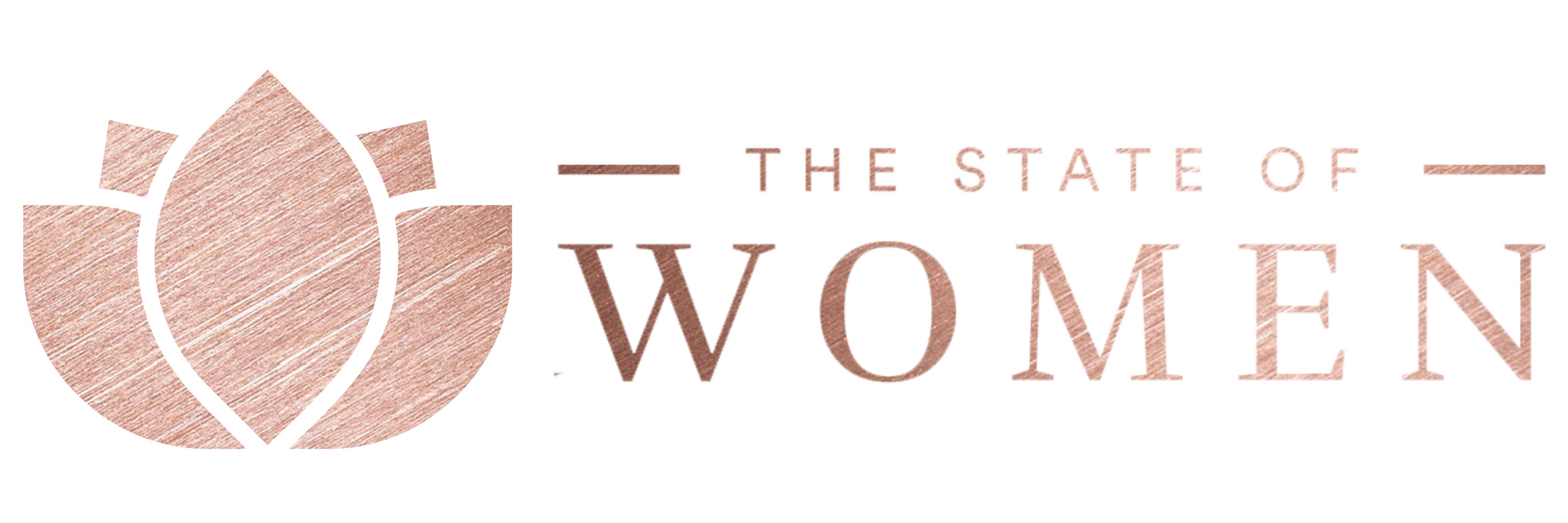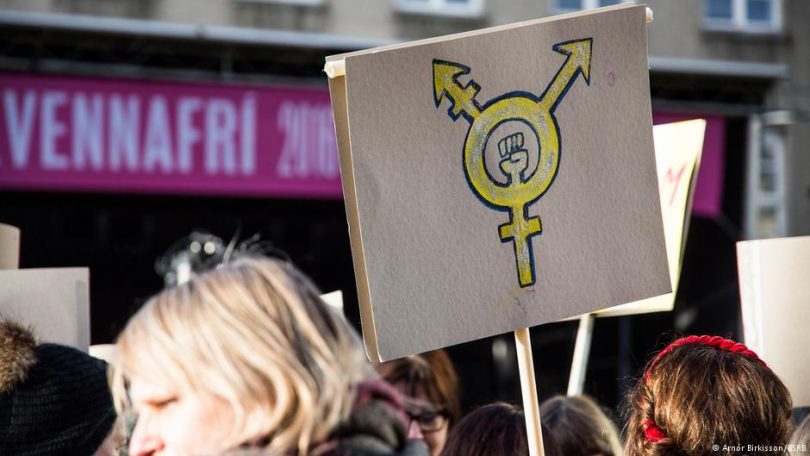Women in Iceland came out—literally—to protest wage inequality earlier this week, in a move meant to symbolize and draw attention to the fact that women in Iceland only earn 70 percent of their male colleagues. It’s a wake-up call not only in Reykjavik, but for the rest of the world: When a world leader in equality still lags this far behind in pay equity, we’ve all got a long way to go when it comes to true gender equality.
dw.com – Thousands of women in the Icelandic capital, Reykjavik, walked off the job at precisely 2:38 p.m. on Monday, October 24. They were protesting against the fact that they earn less than their male colleagues, for doing the same work with the same qualifications.
The time is not an arbitrary choice. Theoretically, from 2:38 p.m. onwards, an Icelandic woman on a normal eight-hour working day is not earning anything, because women in Iceland only earn an average of 70 percent of the income their male colleagues receive.
“There’s still a significant divide between men and women in our society,” Brynhildur Heithar- og Omarsdottir, the executive manager of the Iceland Women’s Rights Association, told DW. The pay gap between the sexes has narrowed somewhat, she said, but the country is still very far from achieving true equality.
Protest despite top ranking
How can this be? The pictures of all the striking women in Reykjavik don’t really fit with Iceland’s image as a model feminist country. For years now it’s been the international frontrunner on issues of economic equality. This was just affirmed by the World Economic Forum’s most recent Gender Gap Report – Iceland comes top in the ranking of a total 144 countries.
“Iceland may lead the Gender Equality Index, but when it comes to the pay gap between men and women, our record is terrible,” the former environment minister, Thorunn Sveinbjarnardottir, told to DW.
Want to receive earlybird invitations to our global events, custom-tailored content we think you’ll love, and get exclusive access to “The World Women Report”?



